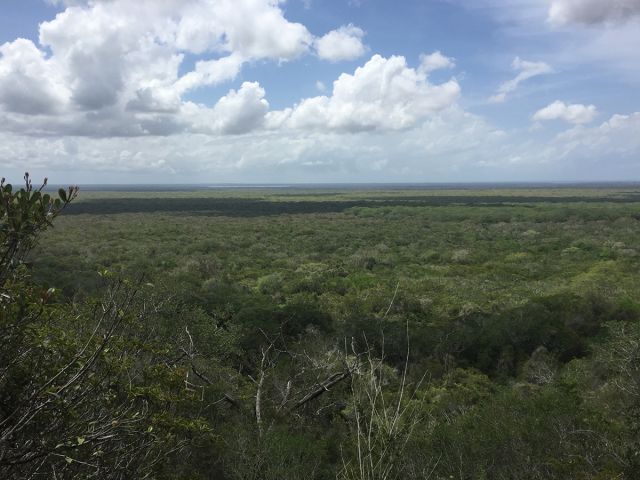
ENVIRONMENT
19-04-2021 di redazione
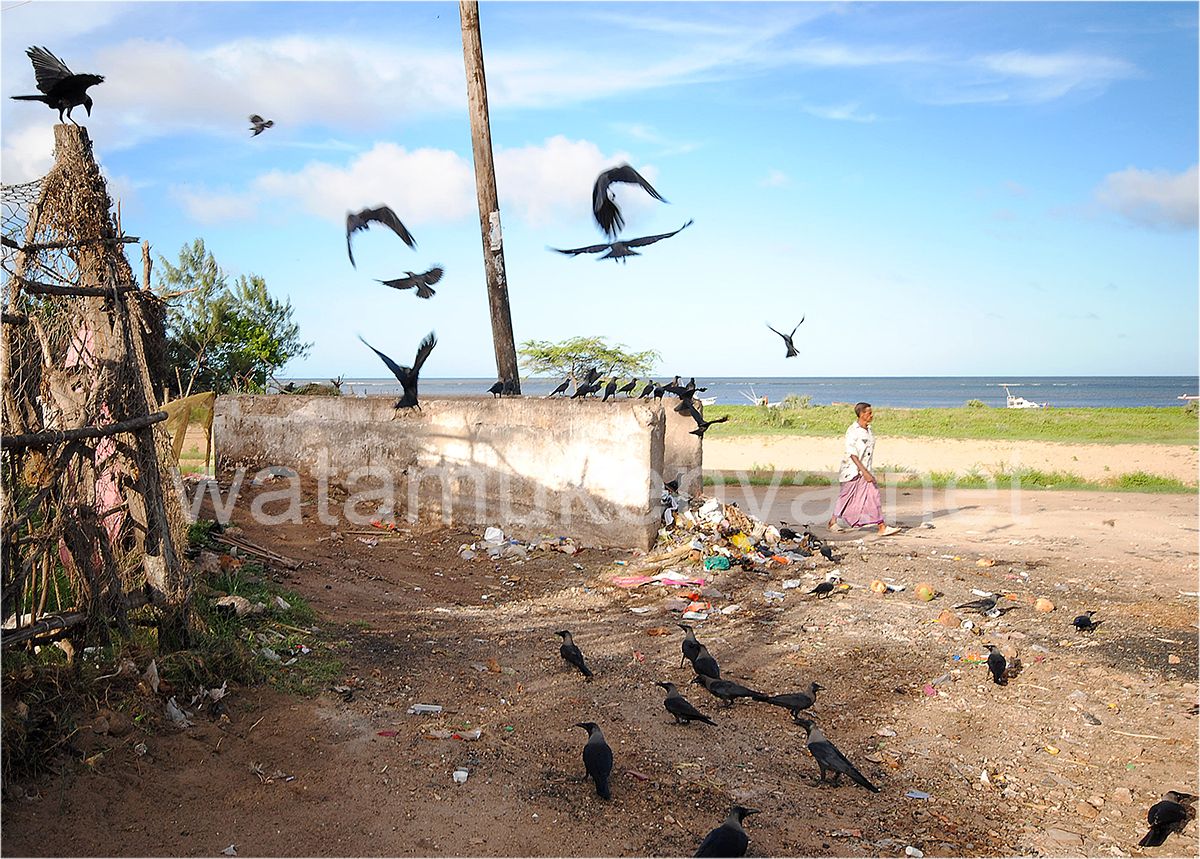
Crows are increasing dramatically on the coast and residents are again organising themselves, as they did some 20 years ago, to restore the right biological balance by controlling their reproduction.
The Indian House Crow, known as the Indian House Crow, likes to live where man produces waste and does not dispose of it. For this reason, the unsustainable development of Mombasa first, and then Malindi, Watamu and Kilifi lately, have provided the ideal environment for these birds, which are dangerous for transmitting diseases, hunting other more pleasant native birds, feeding on their eggs on plants, as well as being a nuisance, especially in the early hours of the morning with their cawing.
Not to mention the threat to tourism, as they are often present in hotels and restaurants where there is food on tables and around. Their increasing presence is hardly a pretty picture of the Kenyan coast.
Although they are not indigenous to East Africa (they arrived in Mombasa from ships landing from Asia in the 1940s) they have now found the Swahili coastline as an ideal environment to breed and feed.
They are true invasive pests that feed mainly on rubbish, but also on other dead animals or carcasses and fish remains on the beaches, being practically omnivorous.
So now, in order to tackle the exponential increase in crows, a national plan has been created to eradicate them from Kenya, including the reintroduction of a product, Starlicide, which limits their births by killing their eggs.
Between 1999 and 2005, A Rocha Kenya, a conservation organisation, experimented with the use of this special poison designed to kill avian pests.
According to the organisation's director, Starlicide worked well to control the bird population during that period. The government, however, banned the poison in 2005, a move that has since seen an increase in the population and spread of the birds.
"Starlicide has worked well in other countries in eradicating invasive birds," explains Jackson. "The poison is designed only to eradicate invasive birds and there are no secondary deaths afterwards. The poison is expensive and we have since made a funding proposal to eradicate the birds," he said.
The reintroduction of Starlicide is an ongoing process, also involving government agencies that have in times past taken a stand against the propagation of Indian crows, which are now targeting the hinterland, taking advantage of the population along the Mombasa-Malindi highway, after the Tsavo National Park acted as a filter for so many years, being sparsely populated and ecologically intact.
"We are now in the final process of importing and testing Starlicide avicide so that it can be formally approved as a method of controlling crows in Kenya," explains the project's national coordinator Nick Trent. "We are working to raise as much money as possible for a five-year eradication programme, which we hope will become a reality in the near future once we have overcome the uncertainty that Covid 19 has cast over the international donor world.
In the meantime, with the interest and encouragement of coastal residents, we are now particularly appealing to them to join us in collectively raising the necessary funds for the next phase of the eradication programme, which is to import, test and obtain official approval for Starlicide to be used in Kenya to eradicate and control House Crows. Our goal is that with everyone's help we can complete the approval process for Stalicide while we continue to seek funding for the five-year eradication programme. When the five-year funding arrives, we will be one step ahead and ready to move directly into the main programme."
To help the National House Crow Eradication Project, please click on the link below which will take you to the 'Crows No More' website, where, through the M-Changa donation platform, also linked with the M-Pesa service, you can donate directly and share the project with your contacts. Link to donate to M-Changa: https://secure.changa.co.ke/myweb/share/41236
SOLIDARITY
di redazione

We continue our visit to the solidarity realities in the Watamu area, with a small but significant project made in Timboni.
This is the nursery built by the association "My name is help" of Bergamo.
The S.P. & K. nursery school...
NATURE
di redazione

The small and beautiful Lake Kamnarok is at risk of drying out and crocodiles are the first to suffer. Now a European project is trying to save it and restore it to its former glory.
EMERGENCY
di redazione

The plight of Kenya, held up as an international example of a nation with great potential and prospects but at the same time struggling with unsustainable development, aggravated by the climate crisis and emissions...
ENVIRONMENT
di redazione
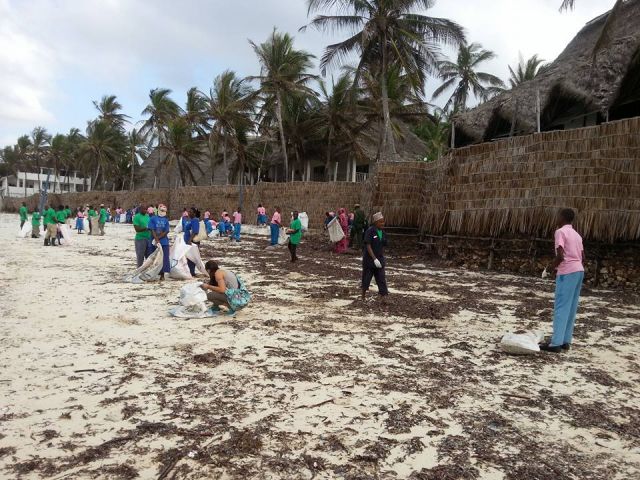
A great day to show that everyone in Watamu cares for the environment and the cleanliness of their own white and beautiful beach.
From Jacaranda Bay (with the homonymous resort at the top of the day) to Temple Point, the...
SOLIDARITY
di redazione
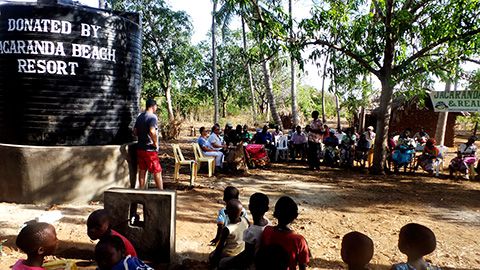
Jacaranda Beach Resort has been a part of this time in Watamu not only synonymous with tourism and hospitality, with the beauty of its sea and the quality of its services, but especially for the local population is becoming more...
NATURE
di redazione
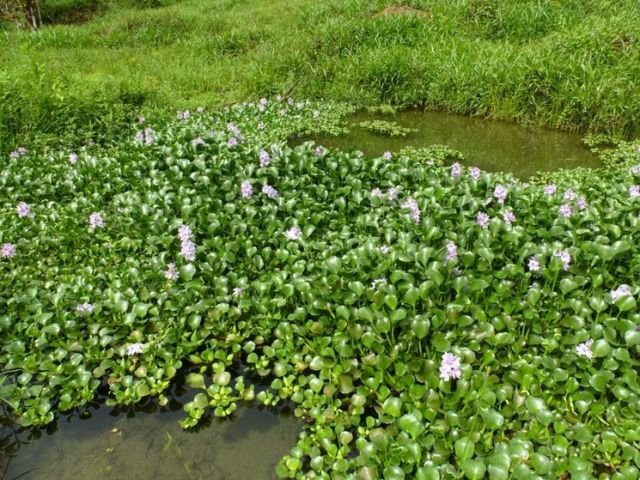
Freeing lakes from a weed that restricts fish reproduction and at the same time creating biofuel to limit the use of charcoal in rural kitchens.
This is a Kenyan initiative that simultaneously safeguards the environment, trade and the health of...
NEWS
di redazione
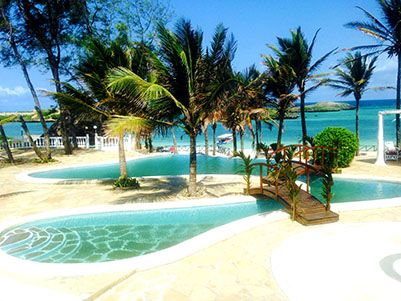
It's in preparation a hot summer and a warm autumn of shooting between small and big screen in Watamu.
A promotion that comes from the love for Kenya of director Francesco Malavenda, increasingly committed between Italy, Kenya and the Principality of Monaco, and...
SOLIDARITY
di redazione

ENVIRONMENT
di Leni Frau
